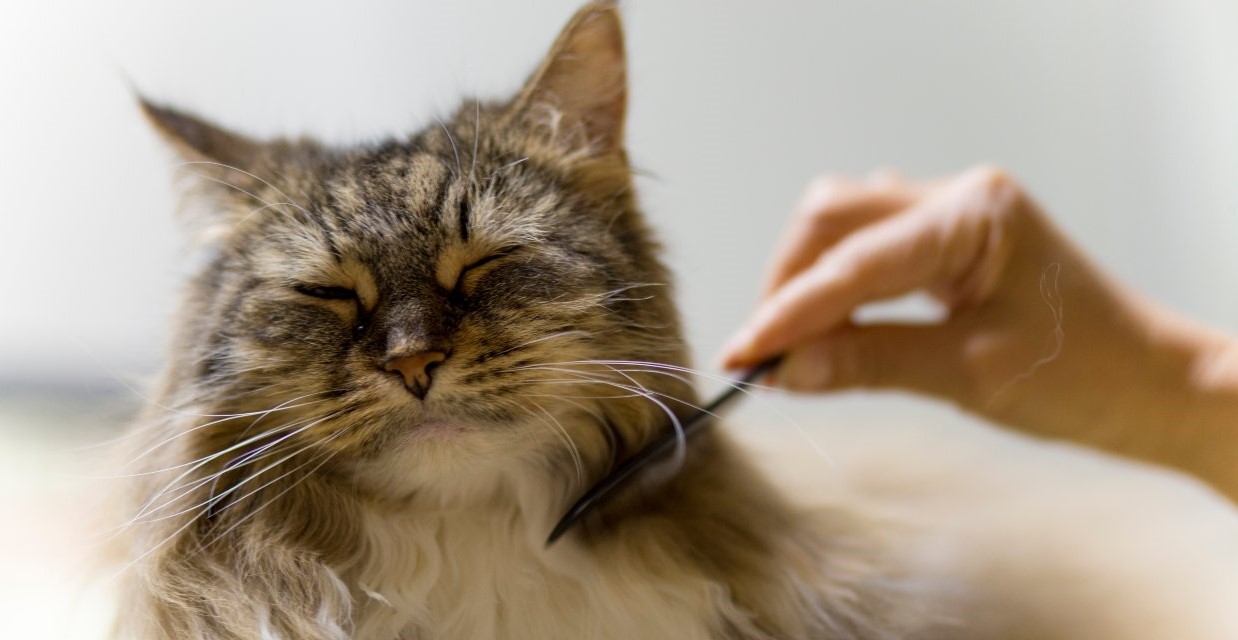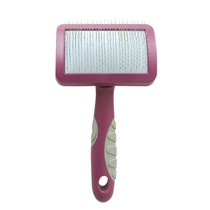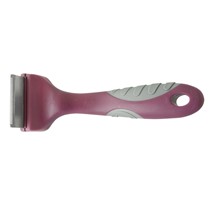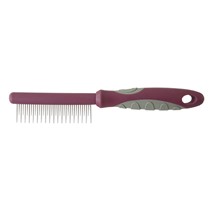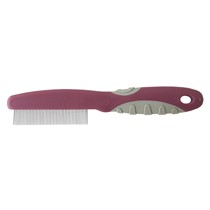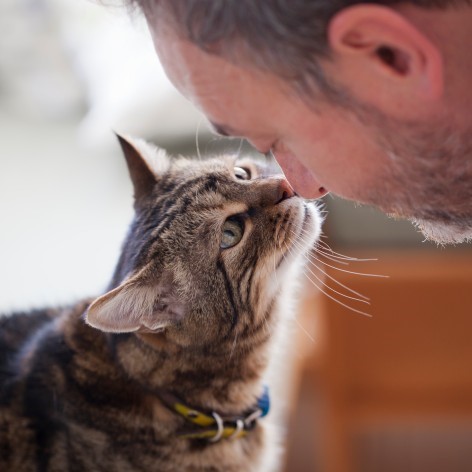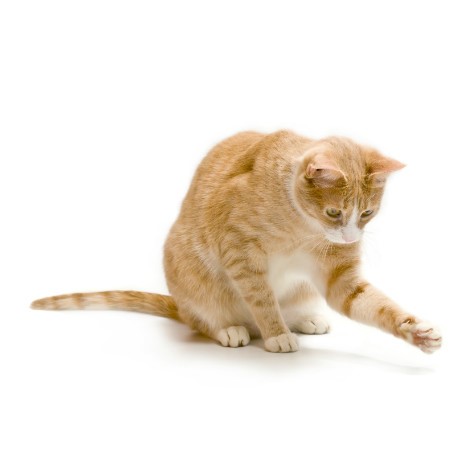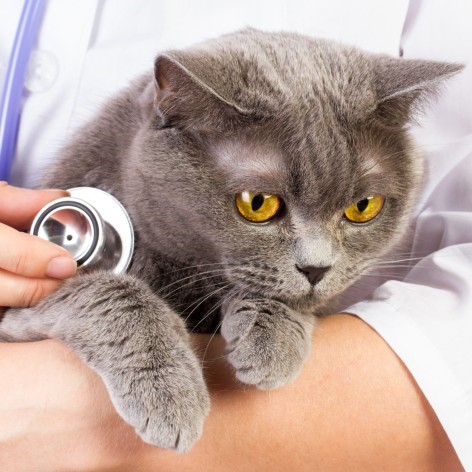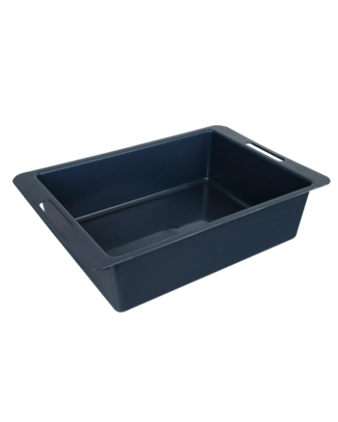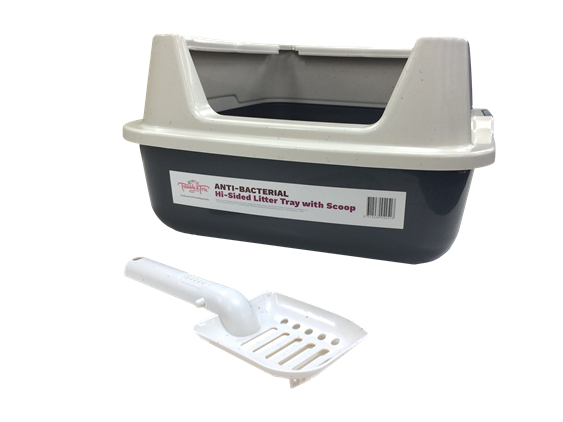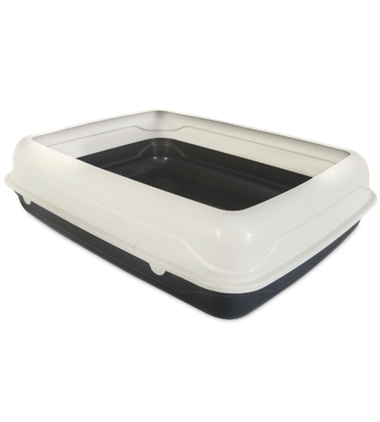Cats generally take care of their own grooming, to keep their skin healthy and coat smooth and clean. But as your kitty grows older, they may not be able to clean up as well – most likely because of arthritis or other old-age illnesses. But don’t fret, they may actually be counting on you to keep them clean and comfortable.
Why Grooming is Good for your Cat
Cats’ tongues are so used to being called ‘sandpaper’, but in reality, they’re like mini-brushes – working to remove dead hair, while distributing oils throughout the coat. Grooming smooths down your cat’s fur, insulating their body. Not only will this faster for them to groom themselves, it will also stimulate the glands at the base of his hair, which waterproof their coat. Grooming also allows you to check for signs of fleas, ticks, skin irritations, lumps or sore spots. And all you need is some effort and the right cat accessories.
Grooming a Short-Haired Cat
Cats with short hair, fine or single coats may not need much help with grooming. But brushing once a week with a 2-in-1 Combo Brush will keep your kitty’s coat smooth and glossy. Its sturdy, nylon bristles gently remove tangles and whatever muck they may have gotten themselves into.
Simply brush from head to tail, and down the legs. And don’t forget behind those ears and the base of their tail.
Grooming your Medium Haired Cat
Kitties with a medium-length coat know what it’s like to get a bit matty. So try grooming them with a slicker brush, 2-in-1 combo brush, shedding brush and/or moulting comb.
Grooming a Long Haired Cat
Felines with long hair, thick or double coats need a bit more of the royal treatment throughout the year. Those pesky Persian coats are quite prone to knotting, and without daily brushing or the use of a Moulting Comb, can matt very quickly.
Also, some long-haired, older cats can get a slightly greasy feel to their. This actually means they’re not grooming enough. Proper brushing and wiping with a damp cloth can help help, and you might even try adding a small amount of cat shampoo to the damp cloth. Then carefully (yes, we mean very carefully) using water to wipe the suds away.
Using a slicker, 2-in-1 combo brush and shedding brush on any long-haired kitty will make their coat glossy and tangle-free.
Not to mention remove loose hairs and dead skin, and help with circulation.

